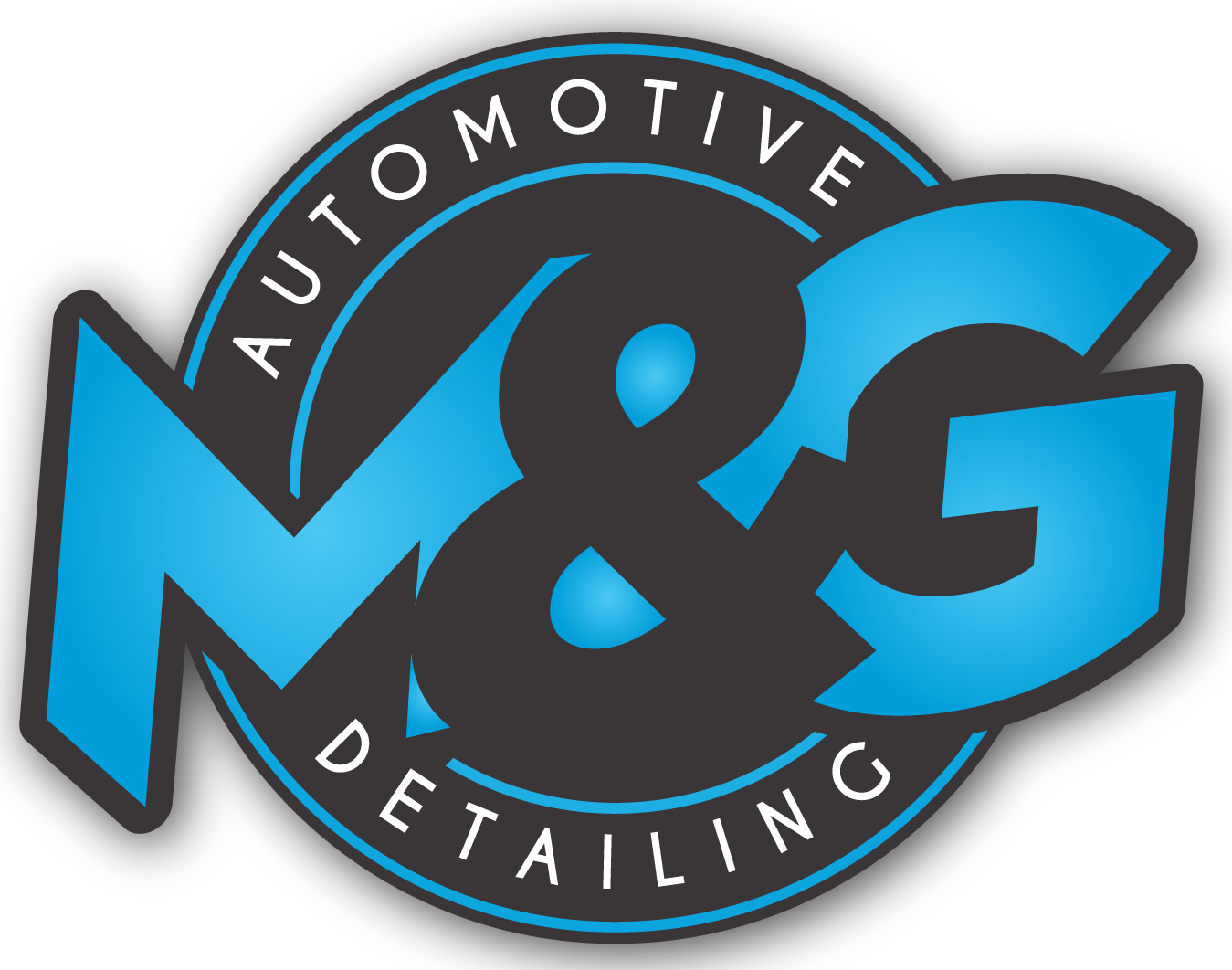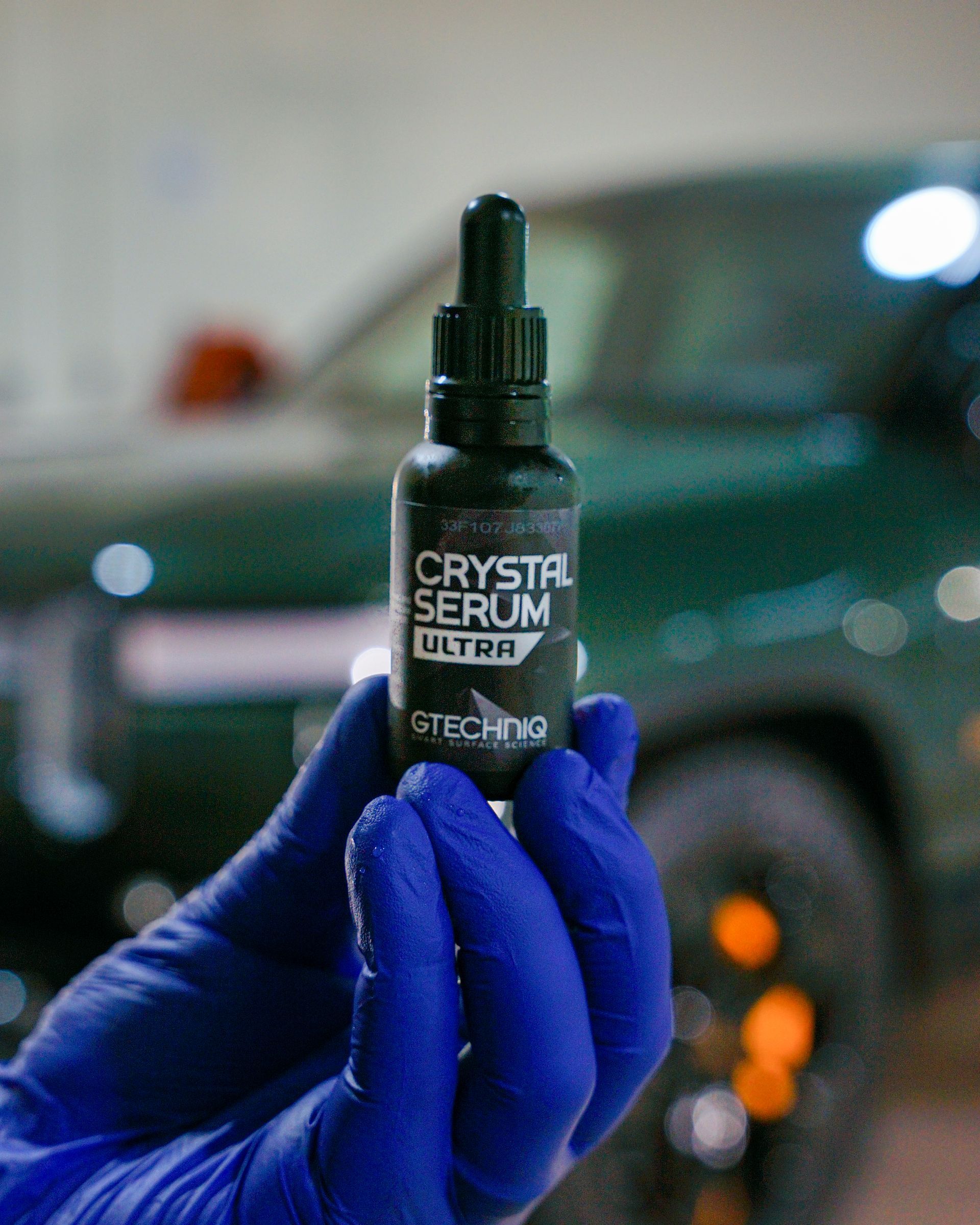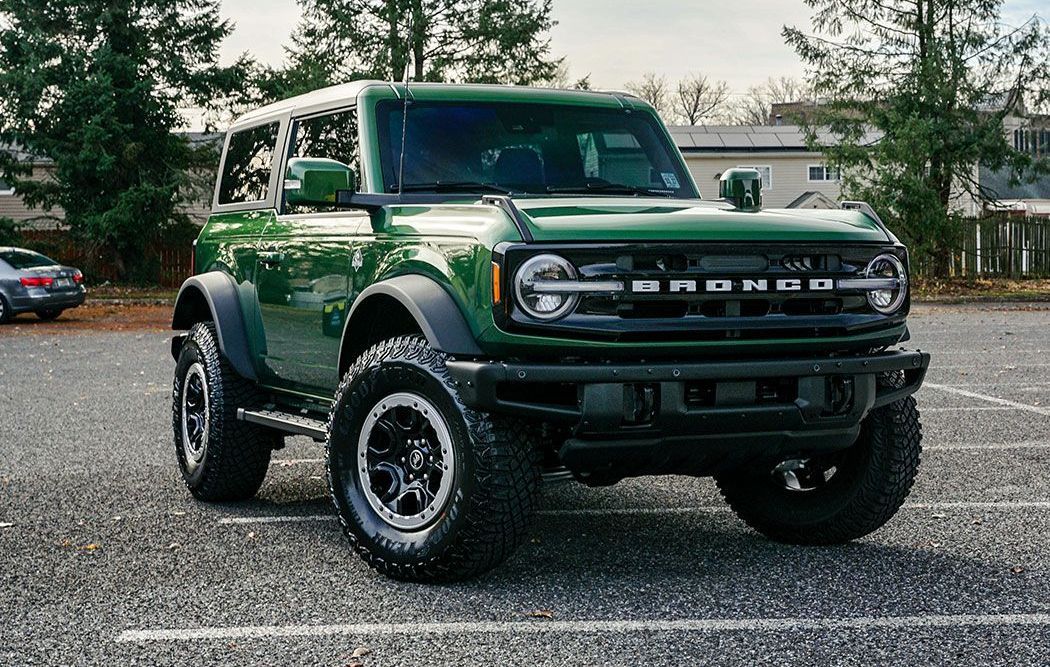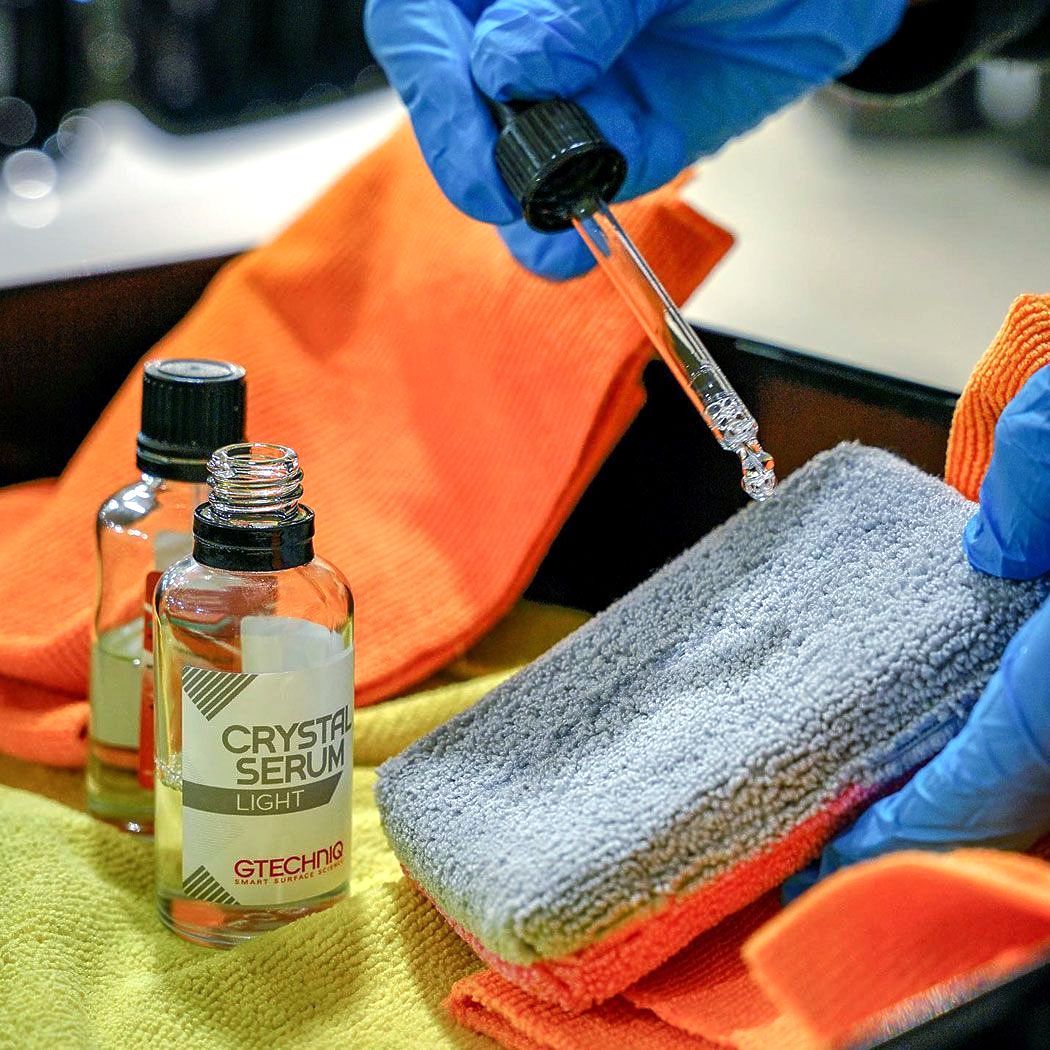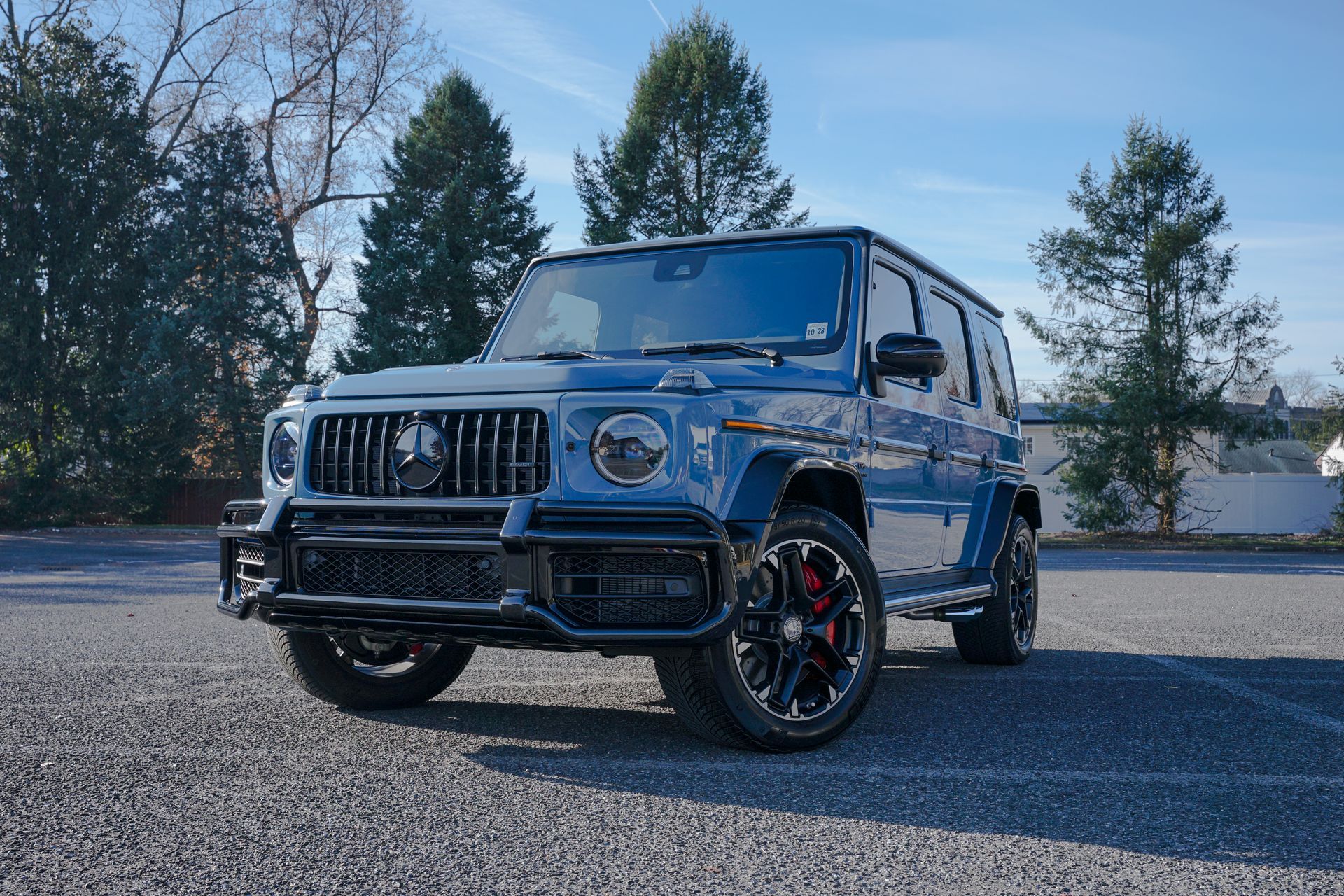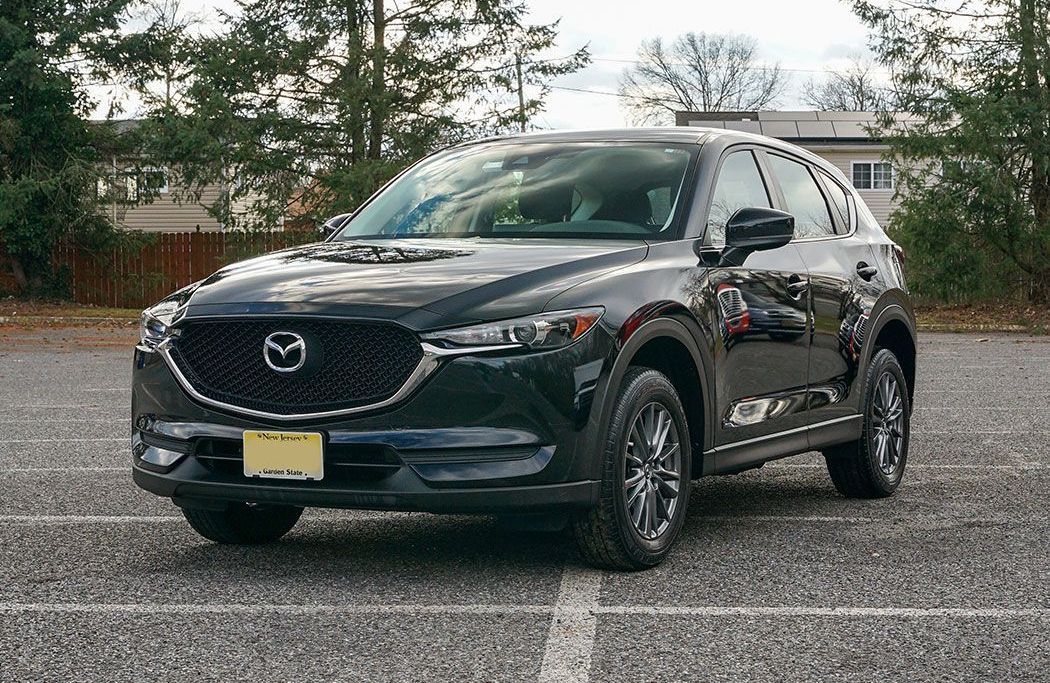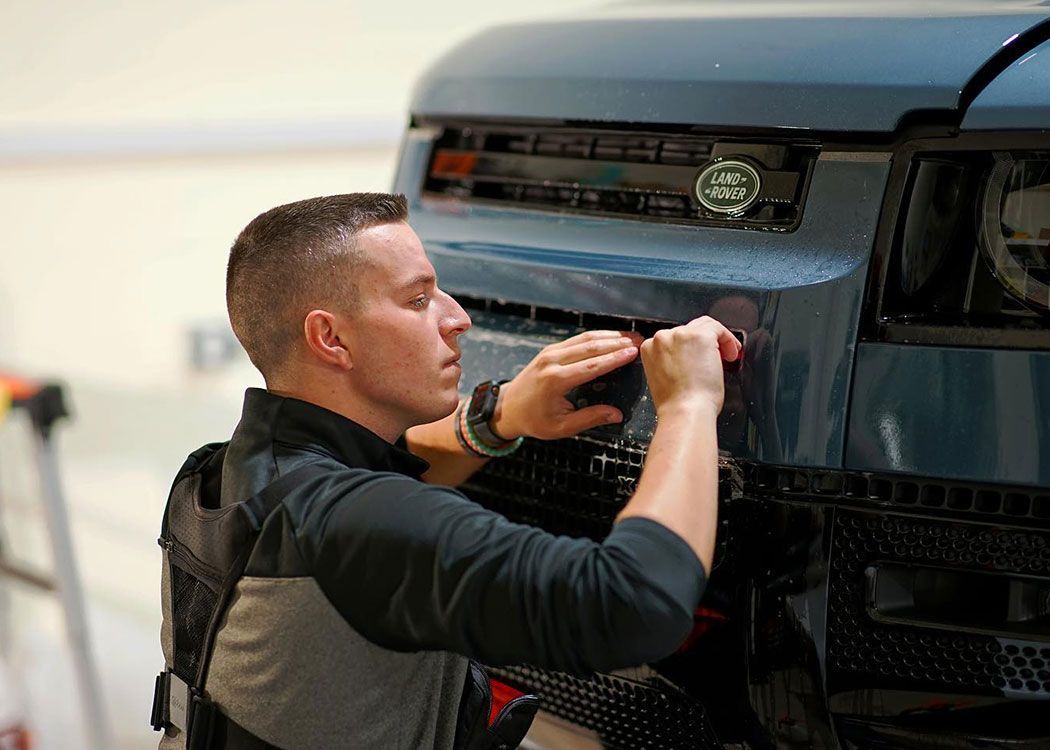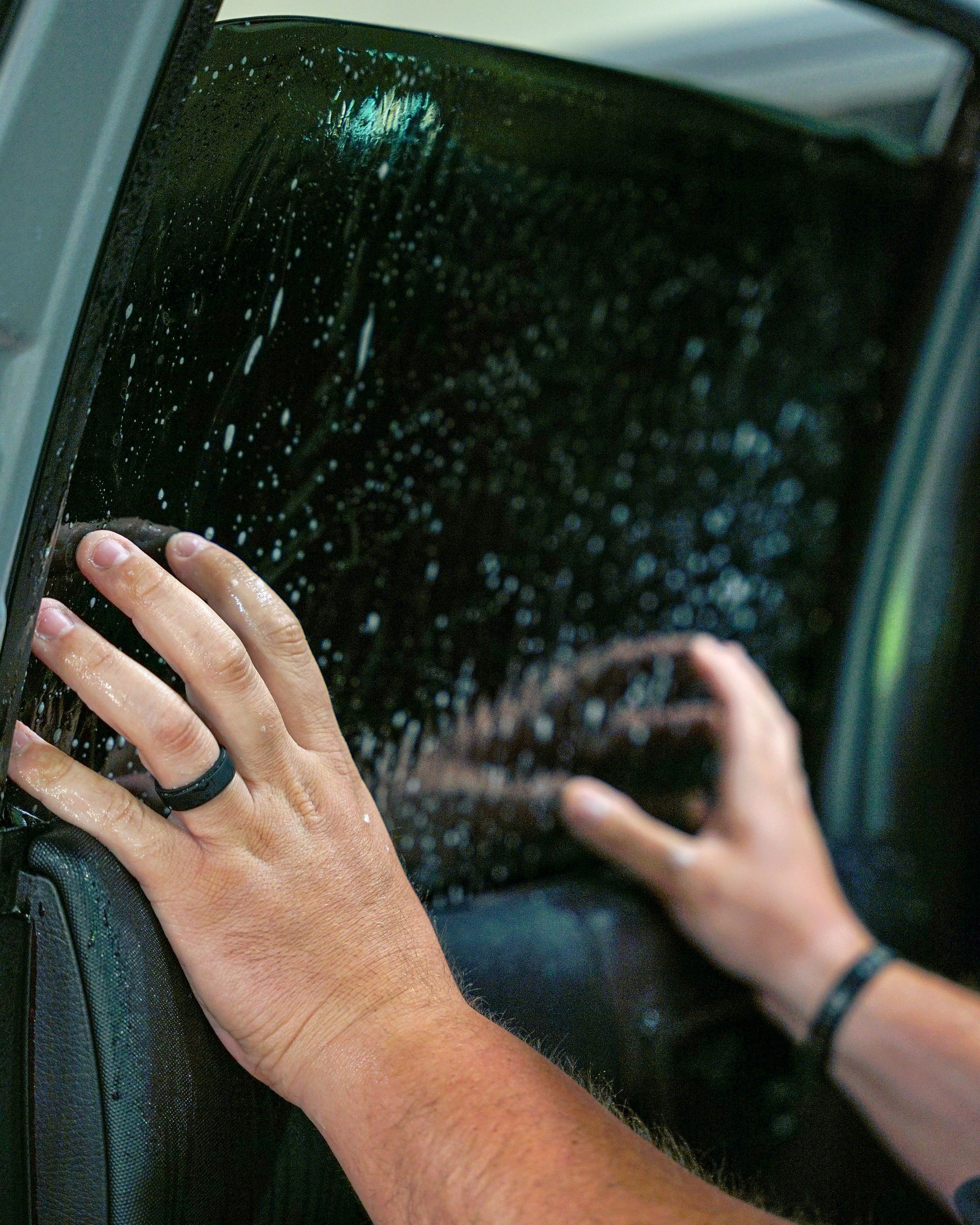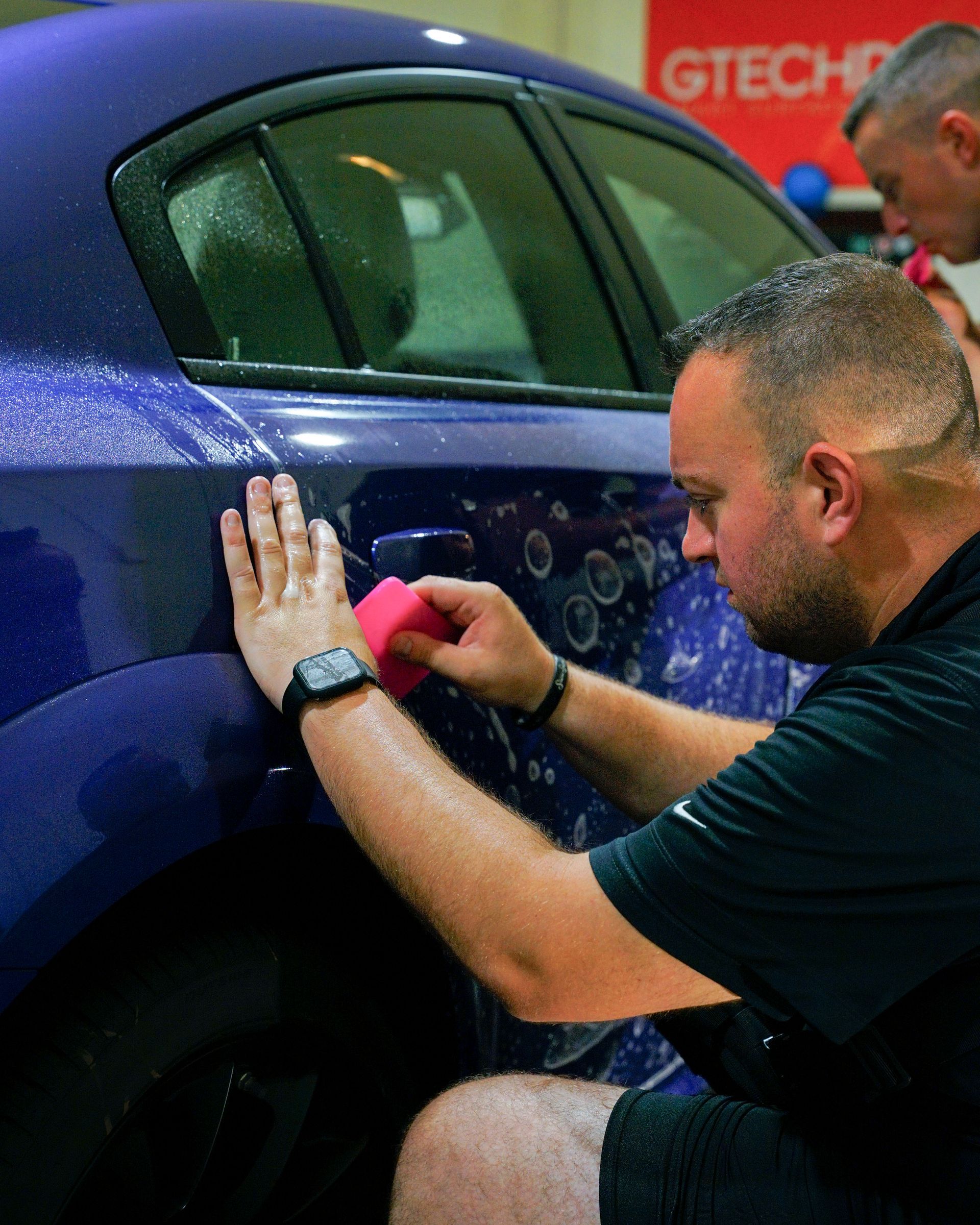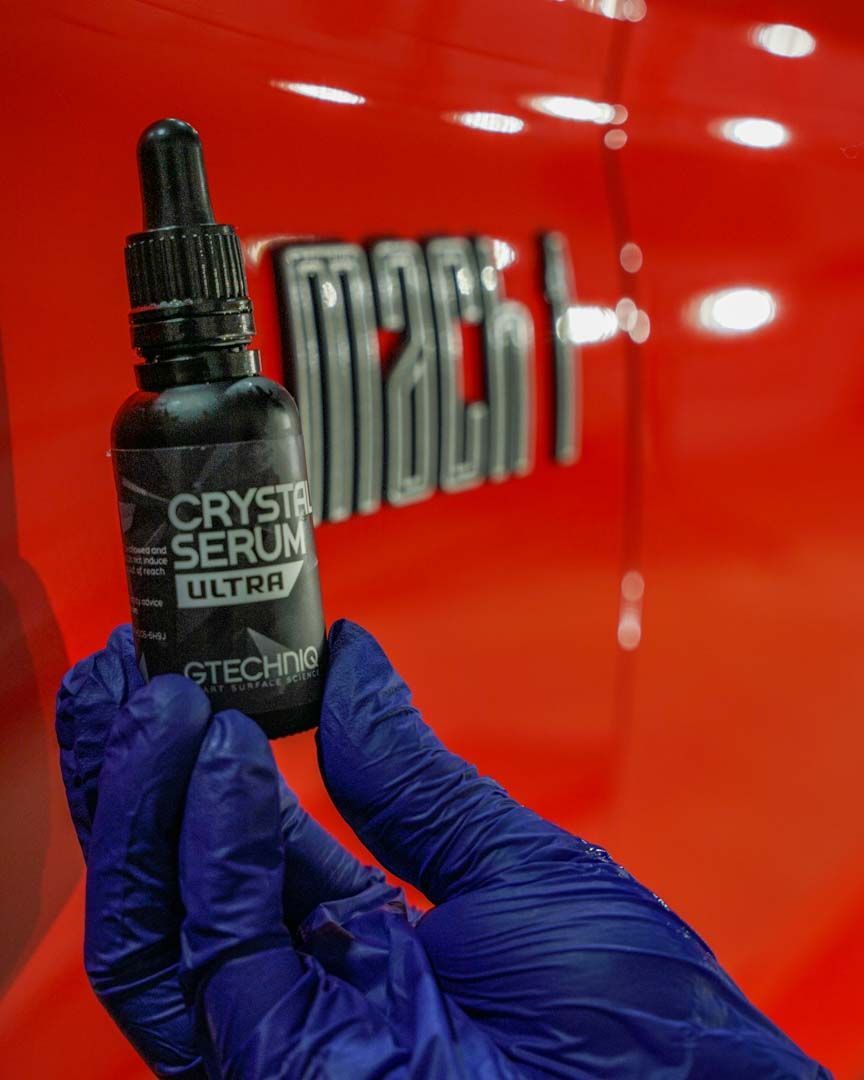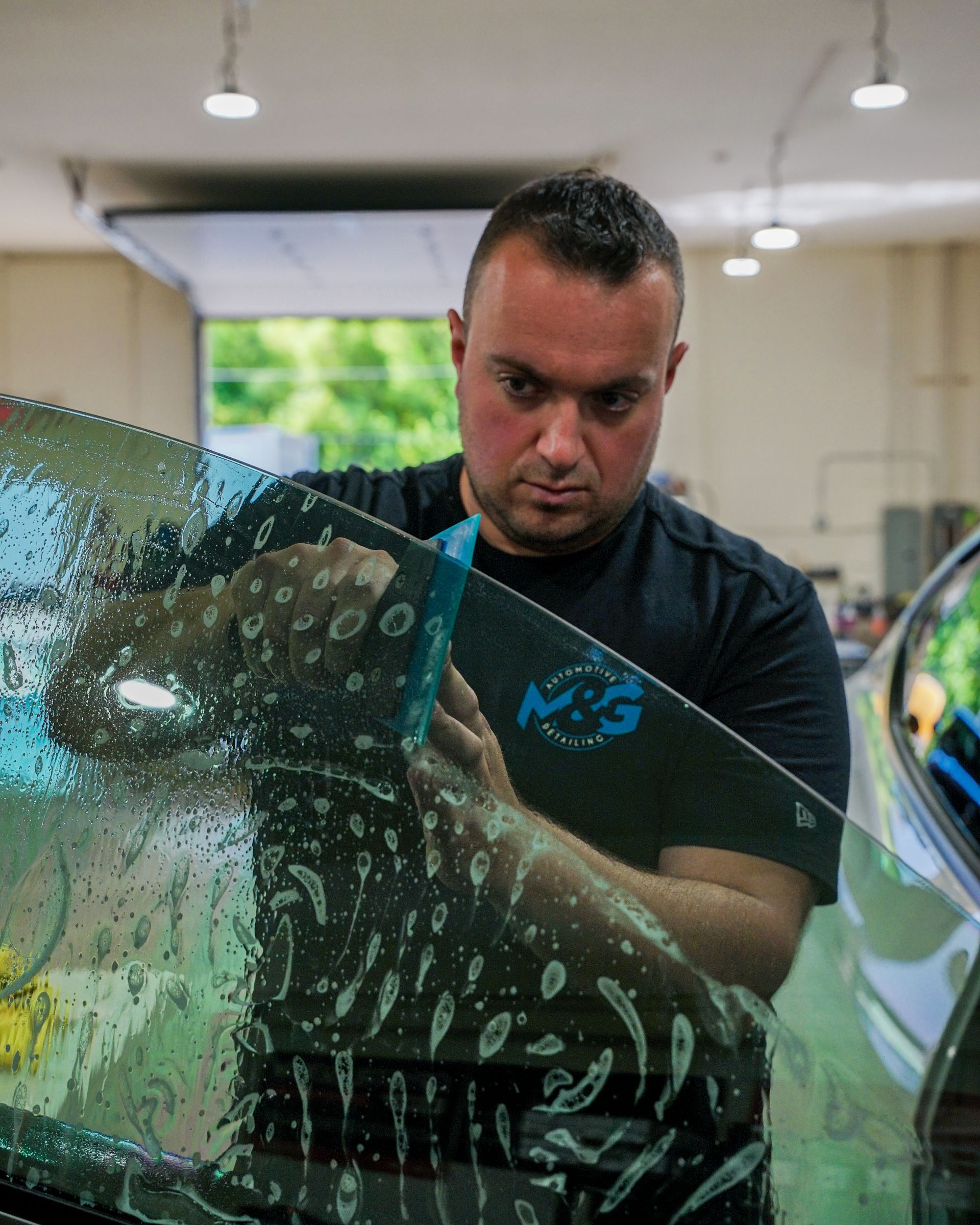The Importance of Ceramic Coating Reapplication: Extend the Durability and Longevity of Your Car's Shine
Over time, your car's ceramic coating will need reapplication. A decrease in water beads or less smoothness on the car's surface, typically the result of environmental wear or improper maintenance, frequently signals this need. Typical ceramic coating only lasts between two and five years, depending heavily on factors like the environment, how often people use their cars, how well they maintain them, and even how well they applied it initially. So, keep an eye on your car's shine.
If you notice diminished water beading, reduced surface slickness, or an overall decline in the coating's hydrophobic properties, it may be time to consider reapplying the ceramic coating. It's important to assess the coating's condition regularly and consult with a professional detailer for personalized advice.
Signs Your Ceramic Coating Needs Reapplication
When you’ve invested in a ceramic coating for your car, it’s crucial to recognize the signs that indicate when it needs renewal. One key indicator is diminished water beading on the surface of your car. Water beading occurs when water droplets on the surface of your car form into tight little beads instead of spreading out. This is an effect of a hydrophobic surface, which repels water and prevents it from sticking. When this effect starts to fade away, it may signal that your ceramic coating is no longer as effective as it should be. Reduced surface slickness can also be a red flag that your ceramic coating is losing its effectiveness. The slickness of the coating contributes to a smooth and glossy finish, making it easier to clean and maintain the shine of your car. When you notice that cleaning isn't as effortless as before or that the surface of your car doesn't have that same smooth feel, it's time to consider reapplying the ceramic coating.
Additionally, environmental factors such as exposure to sunlight, rain, pollutants, and regular wear from driving contribute to the deterioration of the ceramic coating over time. These factors gradually wear down the properties of the coating, leading to reduced performance in repelling water droplets and maintaining a slick surface. Improper maintenance can also play a role in prompting the need for reapplication. Failure to clean your car regularly or use harsh cleaning products can cause damage to the coating, diminishing its protective properties. Therefore, staying consistent with proper and gentle maintenance is essential to prolonging the effectiveness of the ceramic coating. Hence, if you start observing these telltale signs—a decreased water beading effect, reduced surface slickness, or other noticeable changes in the appearance and texture of your car's paint—it's a clear signal that your ceramic coating requires reapplication.
FACTORS AFFECTING THE Lifespan of Ceramic Coating
Ceramic coating acts as armor for your car, shielding it from environmental hazards and general wear and tear. However, like any shield, it has a limited lifespan, typically lasting 2 to 5 years, providing extended protection. Here are some factors affecting the lifespan of your vehicle’s ceramic coating:
Environmental Factors: The usage and storage conditions of the vehicle can have a significant impact on the durability of a ceramic coating. Exposure to harsh sunlight, extreme temperatures, and salty air can accelerate the breakdown of the protective layer, necessitating more frequent reapplications.
Usage and Maintenance: How often you use your vehicle and the manner in which it's maintained play crucial roles in determining the durability of the ceramic coating. Vehicles that are frequently exposed to challenging driving conditions or long-term outdoor parking require more diligent maintenance to preserve the coating's effectiveness. For instance, if you commute daily through areas with heavy construction or industrial activities, your car is likely to accumulate more abrasive pollutants that can degrade the coating faster. Conversely, a vehicle primarily used for leisurely weekend drives may have a longer-lived ceramic coating.
Quality of Initial Application: The longevity and performance of a ceramic coating largely hinge upon how well it was initially applied. A high-quality ceramic coating application ensures even coverage and adhesion to the paint surface, extending its lifespan. The brand and type of ceramic coating used can also affect its endurance. Professional-grade ceramic coatings are typically engineered to provide extended protection compared to consumer-grade products.
By being mindful of these factors and taking proactive steps to preserve your car's ceramic coating, you can enhance its durability and extend its protective capabilities beyond the typical 2 to 5-year lifespan. Understanding how environmental conditions, vehicle usage, maintenance practices, and initial application quality affect ceramic coating longevity provides valuable insights into maximizing its protective benefits for your vehicle.
Benefits of Maintaining Your Ceramic Coating
As you may already know, applying a high-quality ceramic coating to your car's exterior offers numerous benefits, from chemical resistance to protection against sun damage. However, what some car owners overlook is the significance of regular maintenance and reapplication to continue enjoying these perks. Regular maintenance and reapplication of ceramic coating not only sustains the luster of your car's paint but also fortifies its shield against daily environmental exposure.
The primary benefit of maintaining your ceramic coating lies in its superior durability and longevity. While the initial application delivers significant protection, the coat naturally deteriorates over time due to environmental exposure, washing, and day-to-day usage. Regular maintenance provides an opportunity to refresh this protective layer, ensuring continued defense against UV rays, chemicals, and contaminants. Here are some maintenance tips for ceramic-coated vehicles:
- Regular Washing: Wash your vehicle regularly to remove dirt, bird droppings, bugs, and other contaminants. Use a pH-neutral car shampoo and a soft wash mitt or sponge to avoid scratching the ceramic coating. Avoid using aggressive chemicals or strong detergents that can degrade the ceramic coating.
- Gentle Washing Technique: Avoid using abrasive materials such as brushes or harsh sponges that can scratch the coating. Opt for the two-bucket washing method to minimize the risk of introducing swirls and scratches. Avoid automatic car washes too, as they use brushes that can cause scratches to the coat.
- Use a Microfiber Towel for Drying: Dry your vehicle with a clean, soft microfiber towel. Avoid air-drying or using towels that may scratch the coating.
- Regular Inspection: Regularly inspect the ceramic coating for any signs of damage, wear, or contamination. Address any issues promptly to maintain the coating's effectiveness.
- Avoid Parking Under Direct Sunlight: Whenever possible, park your vehicle in the shade to reduce the impact of UV rays on the ceramic coating. Prolonged exposure to sunlight can potentially degrade the coating over time.
- Professional Maintenance: Schedule periodic professional detailing sessions to assess the condition of the ceramic coating. Professionals can perform necessary maintenance, such as polishing or reapplication of the coating, to keep it in top condition.
Reapplying Ceramic Coating: DIY vs Professional
When it comes to reapplication of your car's ceramic coating, deciding between doing it yourself or seeking professional help can be quite the conundrum. Let's take a closer look at both options so that you can choose the method that best suits your needs and skills.
DIY Reapplication: Taking the DIY route involves meticulous prep work to ensure that the old layer of ceramic coating is properly removed before applying a new coat. This process includes purchasing the necessary tools and materials, such as ceramic coating remover, microfiber cloths, clay bars, and ceramic coating kits. It's important to follow detailed instructions for removing the old coating, preparing the surface, and applying the new coat. While opting for DIY reapplication can be cost-effective, it requires significant time, effort, and specific expertise to achieve a satisfactory result. It's worth noting that if proper care is not taken during the removal of the old layer before applying a new one, it can result in an uneven application and compromise its effectiveness. Moreover, if serious mistakes are made during this process, it may necessitate professional intervention to rectify any issues created.
Professional Reapplication: On the other hand, skilled detailers use high-quality products and specialized equipment to perform professional reapplication. This ensures precise application and is suitable for those seeking a hassle-free, expert-level result. When you opt for professional reapplication, you are essentially entrusting your car's exterior to professionals who have extensive experience working with ceramic coatings. They have access to advanced tools and techniques that can deliver an even application and maximize the efficacy of the ceramic coating. A reputable professional detailing service will carefully assess the condition of your existing ceramic coating and execute a thorough evaluation of your car's paintwork. Based on their assessment, they will recommend a suitable course of action that may involve decontamination processes, defect removal, and the meticulous application of a fresh coat of ceramic protection.
Whether you choose to tackle ceramic coating reapplication on your own or opt for professional assistance, remember that the primary goal is to ensure that your vehicle's paint is adequately protected from environmental hazards while looking aesthetically appealing for years to come. Each approach has its inherent pros and cons, so consider your abilities, resources, and desired outcome carefully before making a decision.
Cost of Ceramic Coating Reapplication
Reapplying ceramic coating is a significant long-term investment in the protection and shine of your vehicle. The cost of ceramic coating reapplication depends on factors such as:
- Larger vehicles like SUVs and trucks will naturally require more ceramic coating products, as well as additional labor and time for the application process, which can increase the overall cost.
- If the existing ceramic coating is still in good condition with minimal wear and tear, the preparation work required before reapplication may be less extensive, potentially reducing the overall cost. However, if the previous coating has deteriorated significantly, it might necessitate more intensive paint correction, increasing the overall cost.
- Thorough paint correction might be needed to address swirl marks, scratches, or other imperfections on the vehicle's surface before applying a new layer of ceramic coating. This additional step in the reapplication process can lead to an increased cost due to the specialized expertise and time involved.
It's essential to keep in mind that opting for professional services often translates to higher costs due to the expertise, quality materials used, and meticulous application process provided by experienced professionals. Additionally, professional-grade ceramic coatings tend to provide enhanced protection compared to consumer-grade DIY kits. Prioritizing quality and durability over immediate savings when considering the cost of ceramic coating reapplication is crucial. Investing in a reputable and high-quality ceramic coating service will not only extend the longevity of your vehicle's finish but also reduce potential maintenance and refinishing expenses over time. Understanding these cost factors enables you to make an informed decision regarding ceramic coating reapplication that aligns with your budget and long-term maintenance goals.
The Best Ceramic Coating Service in Cherry Hill, NJ
Revitalize and protect your vehicle's finish with M&G Automotive Detailing, renowned as the
best ceramic coating service in Cherry Hill, NJ. Our expert team at M&G Automotive Detailing is dedicated to delivering unparalleled excellence in ceramic coating, ensuring your car not only looks stunning but also remains shielded from the elements. Utilizing cutting-edge ceramic coating technology, we provide a robust and long-lasting defense against UV rays, environmental contaminants, and everyday wear and tear. Trust us to enhance your vehicle's aesthetics while preserving its resale value. Choose the best for your car—schedule your appointment with M&G Automotive Detailing today or call our experts at
(609) 923-3123 and experience the pinnacle of ceramic coating services in Cherry Hill.
